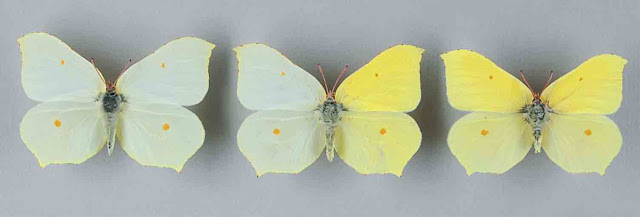After all the hard work we decided that it was time for something fun so here is a five minute distraction for you whilst you have a cup of tea and a biscuit.
The rather stunningly handsome beetle below is a member of the genus Megaphanaeus. He is complete in the first picture but FIVE things have changed by the time we get to the second photo. See if you can spot them all!
 |
| Complete beetle |
 |
| What's missing here? Can you spot the five differences? |




